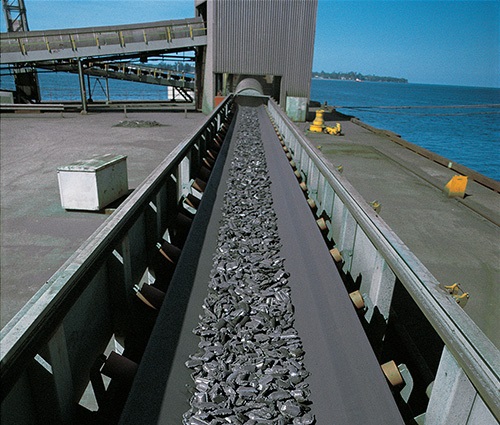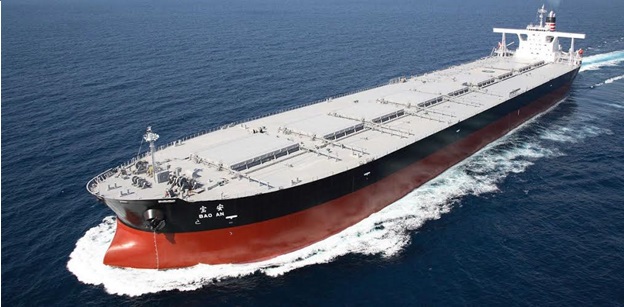Direct reduced iron (DRI) Shipment
Usually in the shape of sponge pellets or sponge lumps ranging between 6 mm to 25 mm diameter. But mostly between 8 mm to 12mm diameter. The IMO BC Code classified this product as “a material that is hazardous only when in bulk” (MHB). It is mentioned under the BC Code Number BC015. In case DRI becomes wet, it will overheat considerably and emit hydrogen gas. Therefore, being carried under inert conditions will be a must. For this purpose, Nitrogen gas is used in the vessel. It is used in the holds through a temporary cylinder manifold set to the tank top before the loading. Thermocouples must also be laid out in the cargo on the tank top and others were all over the stow at different heights in order to monitor and control the temperature. Monitoring of the holds Gas, usually for hydrogen (H) and oxygen (O), is also obliged to be undertaken during the voyage. The DRI must remain dry all the time before the carriage and during the voyage.

Hot briquetted iron (HBI) Shipment
HBI is produced from DRI, which is compacted at the temperature above 650° C to form the briquettes between around 90 mm to 130 mm long, 80 mm to 100mm wide and 20 mm to 50 mm thick. HBI is a much safer form of DRI due to the fact of being very resistant to overheating in case it gets wet. However, during the carriage, it can still make small amounts of hydrogen gas. Inerting is not required according to the IMSBC Code but sufficient surface ventilation is needed.

Cold briquetted iron (CBI) Shipment
CBI is produced from the different residual products manufactured during the production of combined ferrous products and semi-refined raw material containing sponge iron (DRI fines and also other residuals). Some producers’ cold briquette their Pellet DRI so that they fed it into their particular furnace. CBI is produced at the temperature below 650° C and a binder is generally needed. Since the briquetting process has proceeded at a temperature lower than used for HBI, some of the key specifications of DRI, like porosity, almost large surface space and a reactive surface last in the CBI to some degree. So, basically, CBI can have very similar or the same specifications to pellet DRI and shall be handled in exactly the same way, as the tendency to overheating and generating hydrogen gas, if it gets wet, still remains. It is definitely of significance to know the original source of material which is used to produce CBI– in case this cannot be verified, then the CBI shall be handled and shipped in the same manner to DRI.





